If a recipe calls for self-raising flour but you only have plain, you can turn it into self-raising flour if you have baking powder! I've been caught out before on holiday in Europe where self-raising flour doesn't exist and you need to fashion up something similar.
It is a very British ingredient and sometimes you are in a pinch and need to adapt. Here is what you can do to make plain flour into self-raising flour.
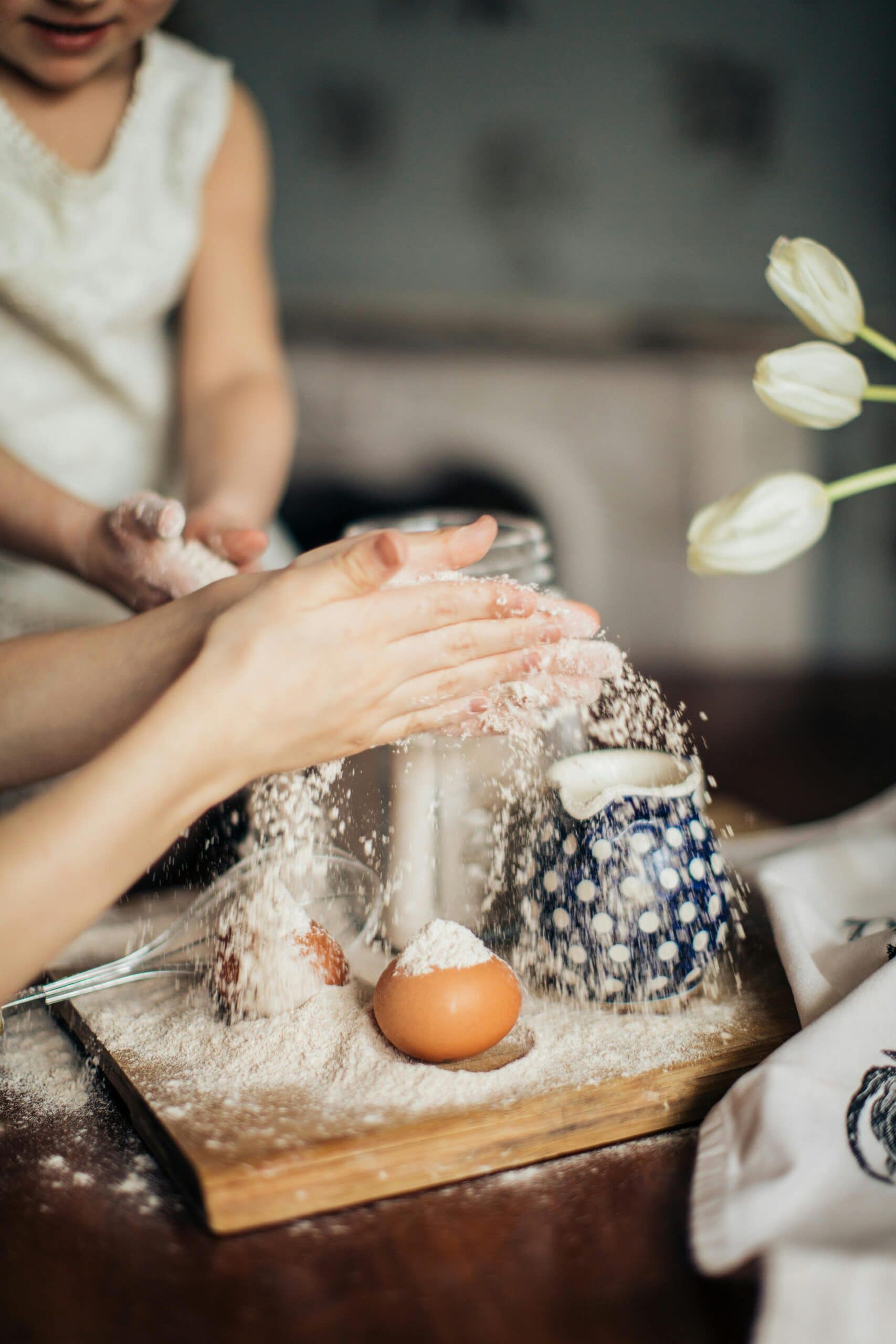
What is Self-Raising Flour?
Self-raising flour is a mix of plain flour and baking powder. Sometimes salt is added too. It's often used in cake recipes in the UK, as well as pancakes or scones even. It is different to plain flour as it has a raising agent already in it whereas plain flour does not. Americans often call it 'self-rising flour' rather than 'self-raising'.
You can mix up self-raising yourself with just plain flour and baking powder.
How To Change Plain Flour:
There is some dispute across the internet for how best to recreate self-raising. But after some testing, we found the following ratio to be the best:
For every 100g plain flour, 5g of baking powder is needed.
5g = 1 tsp. Scale up as you need!
E.g. if a recipe calls for 200g self-raising flour, mix 2 x 5g (10g) baking powder with 200g of plain flour. If a recipe calls for 350g, you need 3.5 x 5g (17.5g) baking powder mixed with 350g plain flour.
For best results, add the plain flour to a bowl, add the baking powder and whisk together very well. This is to make sure it's evenly dispersed.
In my kitchen, I only mix up enough as I need at the time rather than mixing up a large batch. You could mix up a large amount and store in an airtight container in your cupboard. It will last at room temperature up to 1 year.
You may need a refresher on baking powder versus baking soda.

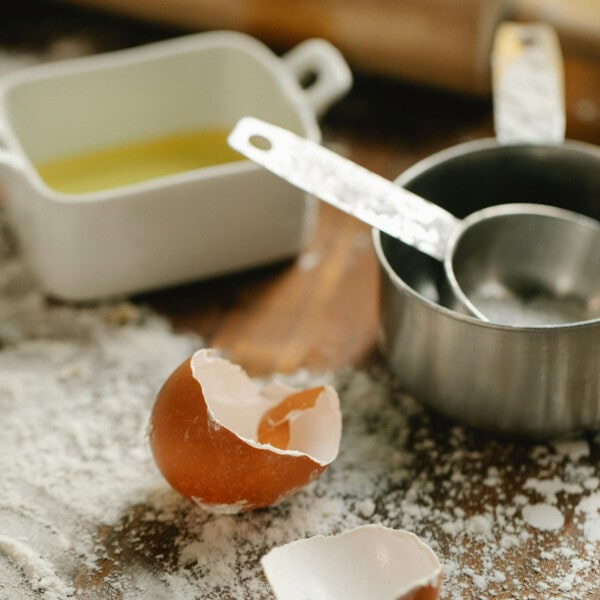
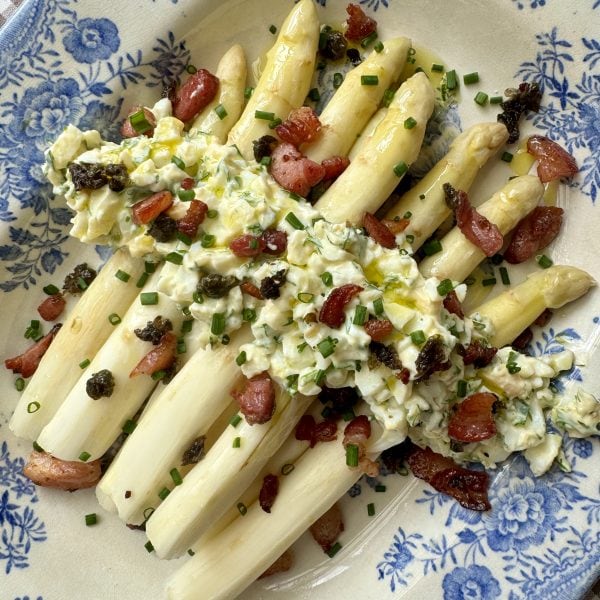
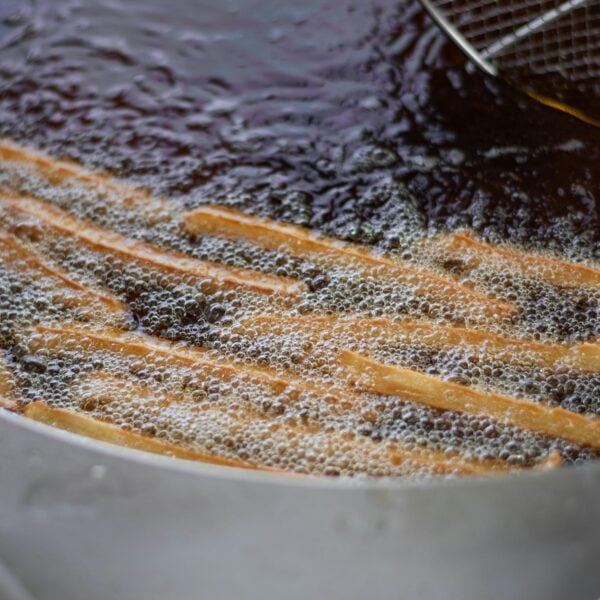
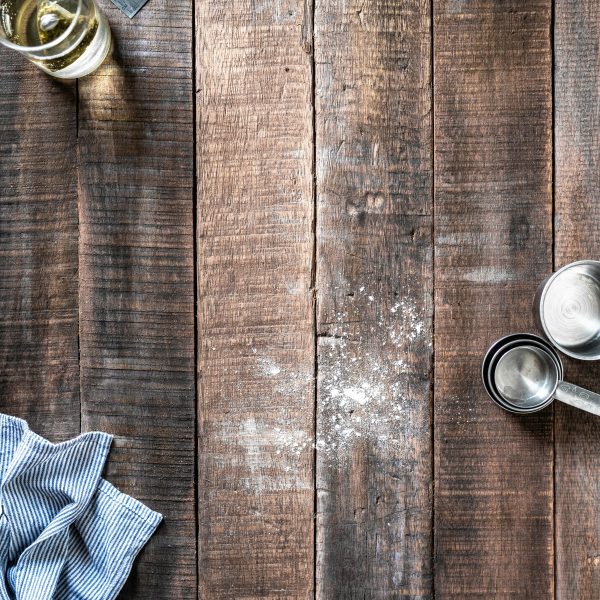
Leave a Reply